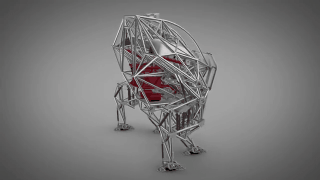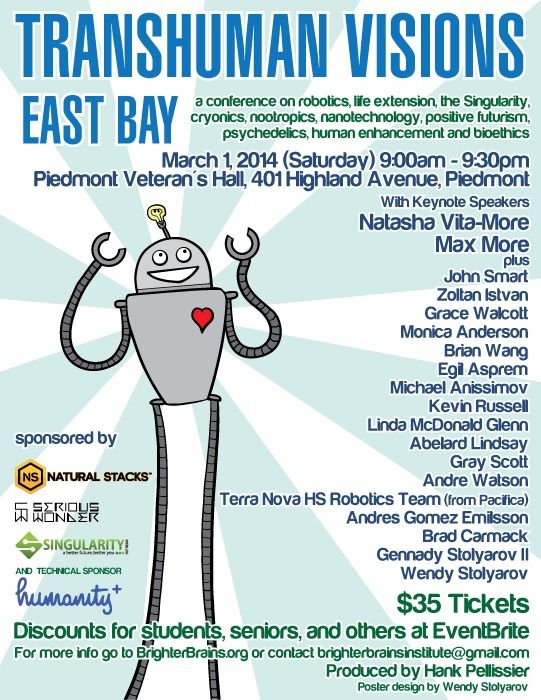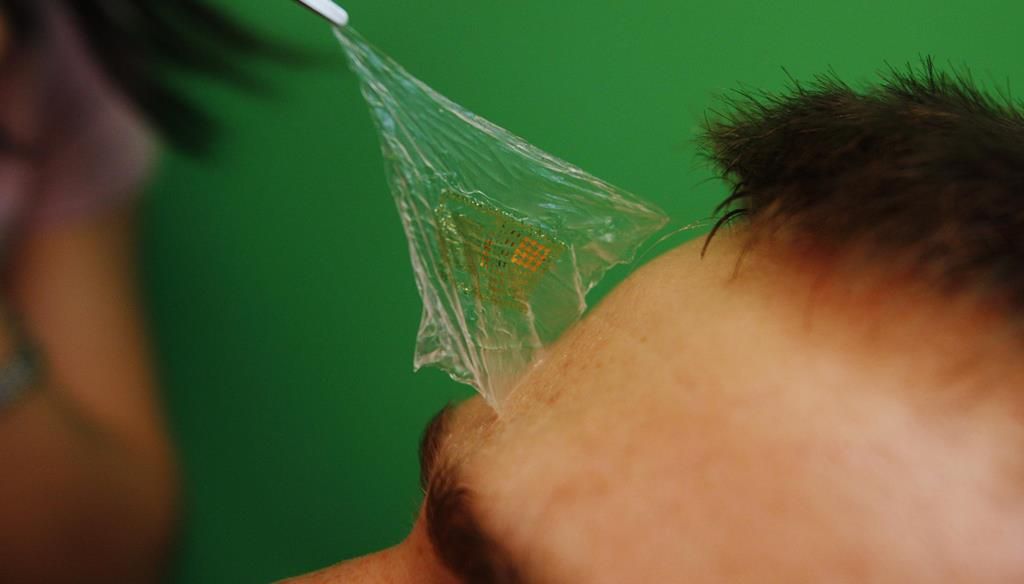We have been using the same propellant system for rockets since the Chinese fire arrows in 1000 A.D. A gas is expanded in a tube to generate force. Enough gas and force and you can break the bonds of the earth.
From gunpowder to liquid propellants to solid rocket boosters, nothing except size and volume has changed.
New proposed systems such as nuclear engines, magnetic rail guns, ion engines are all options that have not been shown to be functional at this point in time.
Our popular fantasy TV and movies all have some unspecified, powerful propulsion system that can easily break our gravity well to send us to outer space.
It takes energy to get lift and higher energy systems generate more lift, but as you move up the periodic table, you have waste products that are toxic downstream from the output.
Sure, di-lithium crystals are wonderful and the “boop-boop-boop” of the Jetson’s car are bound to be a huge source of cheap, safe, unlimited power, someday, in some future time, maybe.
We have the materials available now to bring cheap, effective access to space for more than the rich or lucky.
Helium and hydrogen and, of course, hot air has been used for a number of years to take sensors and toys to the upper atmosphere.
When the atmospheric pressure is decreased below the tensile strength of the shell, the balloon bursts and the device plummets to earth.
With a few modifications, such as nanoparticle bonded fabric, we can take a balloon system to the next level.
Using Hydrogen for lift (careful, explosive), take the system to the upper reaches. When the balloon ascent stops, pump in oxygen (from on-board cylinders) and fire off a small rocket engine.
With enough boost, the empty shell can be switched to solar sail to take the payload anywhere you want.
Of course, this is a radical, untested system, but if it works, it could open up space flight to the rest of the world and we can start mining the di-lithium crystals our movies tell us will replace all other propulsion systems.
more @ www.h2liftship.com







